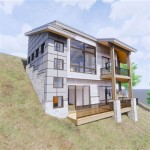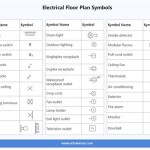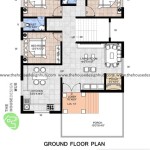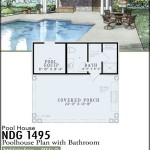Essential Aspects of Housing Project Site Plans
Housing project site plans are essential documents that guide the development and construction of new housing projects. They provide a roadmap for the project, ensuring that all aspects of the development are considered and accounted for. A well-crafted site plan will help to ensure the project's success and minimize the potential for costly mistakes.
Key Elements of a Housing Project Site Plan
A comprehensive housing project site plan should include the following key elements:
- Site layout: This section of the plan shows the location of all buildings, structures, and other features on the site. It should also include information on the size and shape of the site, as well as the location of any existing trees or other natural features.
- Building elevations: These drawings show the exterior elevations of all buildings on the site. They should include information on the height, width, and depth of each building, as well as the location of windows, doors, and other features.
- Floor plans: These drawings show the layout of each floor of each building on the site. They should include information on the location of rooms, hallways, bathrooms, and other features.
- Civil engineering plans: These drawings show the location of all utilities, such as water, sewer, gas, and electricity. They should also include information on the grading of the site, as well as the location of any drainage structures.
- Landscape plans: These drawings show the location of all landscaping features, such as trees, shrubs, and flowers. They should also include information on the irrigation system and any other features.
Benefits of a Well-Crafted Site Plan
A well-crafted housing project site plan offers a number of benefits, including:
- Improved coordination: A site plan helps to coordinate the work of all the different parties involved in a housing project. This can help to avoid delays and costly mistakes.
- Increased efficiency: A site plan can help to improve the efficiency of the construction process. By providing a clear roadmap for the project, it can help to ensure that all work is completed on time and within budget.
- Reduced risk: A site plan can help to reduce the risk of accidents and injuries on the construction site. By providing a clear understanding of the project, it can help to ensure that all workers are aware of the hazards and take appropriate precautions.
Conclusion
Housing project site plans are essential documents that play a vital role in the success of any housing development. By providing a clear roadmap for the project, they help to ensure that all aspects of the development are considered and accounted for. This can help to avoid delays, costly mistakes, and accidents, and can ultimately lead to a more successful project.

General View Of Existing Mass Housing Project And Site Plan Scientific Diagram

Housing Projects In Noida Real Estate

Flats Housing Residential Projects Property In Raj Nagar Extension

Social Housing 60 Examples In Plan And Section Archdaily

Construction Begins On Affordable Housing Project In Live Oak Mogavero Architects

Site Plans Genesis Studios

Housing Site Development Plan

The Finalized Plan Of Housing Project In Pessac Scientific Diagram

Housing Project Cadbull

Lewes Approves Site Plan For Workforce Housing Project Cape Gazette








